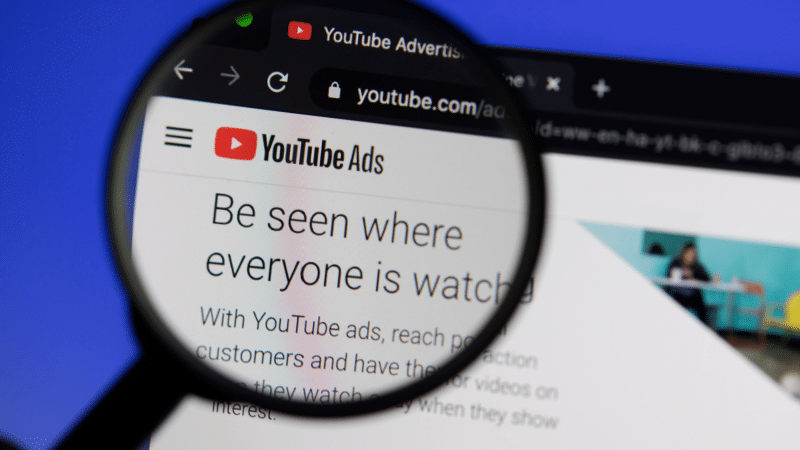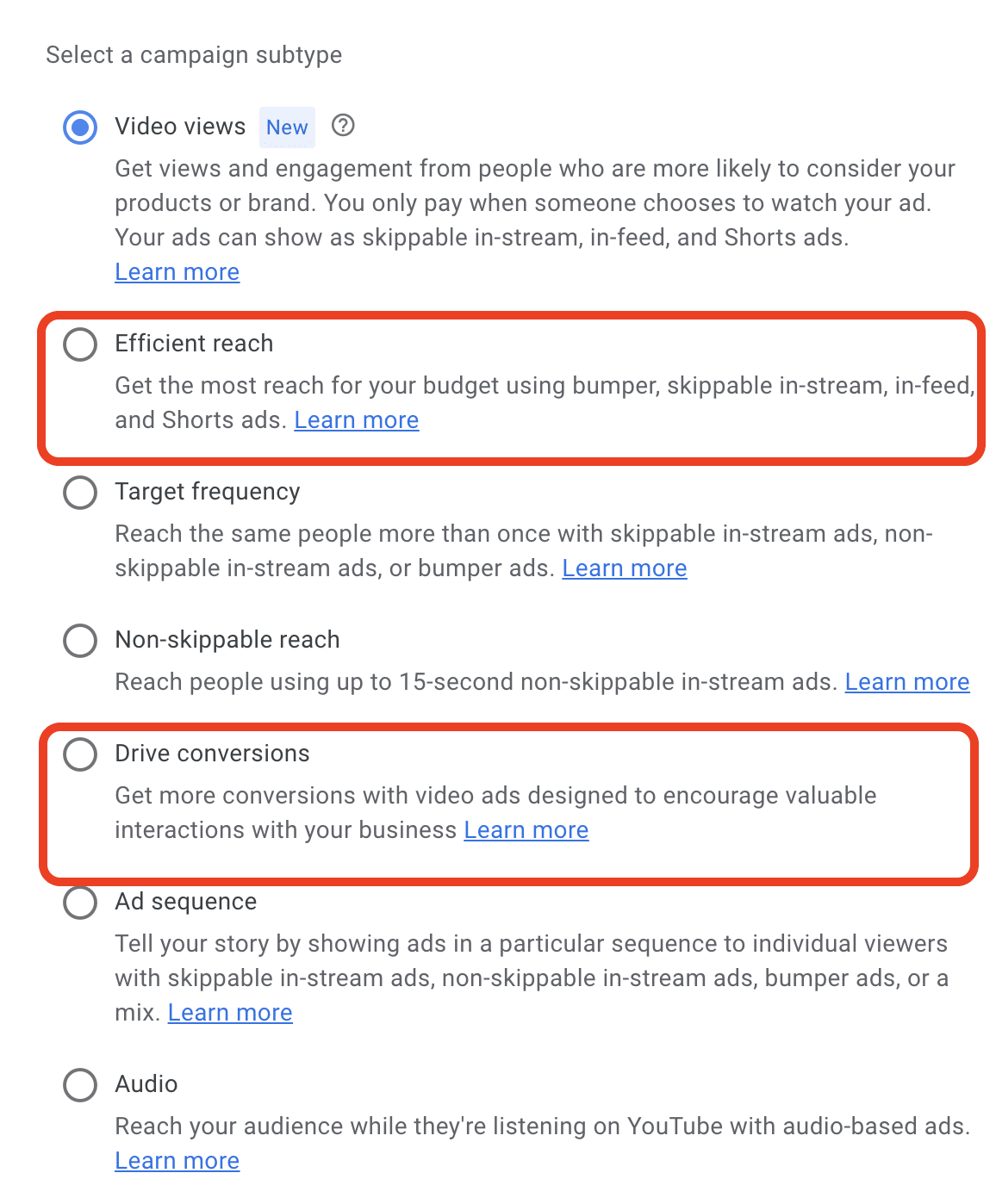How to overcome the top 3 objections to YouTube video ads

When I audit the Google Ads programs of new and prospective clients, I still find some without a YouTube advertising component. This is surprising, given YouTube’s continued growth in popularity.
We can look at YouTube ad revenue to measure the platform’s dominance. In 2023, YouTube’s global advertising revenues rose to $31.51 billion, up by almost 8% from the previous fiscal period – an indicator that more and more advertisers are adding YouTube ads to their marketing mix.
Yet when I ask new clients and prospects why they don’t have YouTube video ads, they usually give one or more of the following reasons:
- They don’t have the budget.
- They tried YouTube video ads once and didn’t see the value.
- They’re not sure how to get started.
Let’s tackle these objections in turn, and I’ll provide you with some strategies to overcome them.
Objection 1: You don’t have the budgetYouTube video ads often come second to other types of digital advertising in priority, especially when budgets are limited. Many paid search managers max out on search campaigns before tackling video. In some limited cases, this is a sensible approach.
However, I would say that this “search campaigns first, video campaigns later” stance is widely overused. I strongly encourage you to step out of your comfort zone and implement YouTube video ad campaigns in parallel with your search campaigns.
When you do so, you may find that sales via your video campaigns aren’t as strong as your search campaigns – and that’s OK. You’re still seeding valuable brand awareness that will pay dividends down the road.
You may also find that YouTube ads reach a different audience than your search ads, a valuable way of expanding your reach and future-proofing your marketing.
You may also benefit from the “halo” effect of having concurrent search and YouTube ad campaigns. Time and time again, we’ve seen that having a well-rounded Google Ads program that includes YouTube ads delivers a nice lift across the board.
Proof of this “the whole is more than the sum of its parts” phenomenon is most evident when YouTube and other “non-search” campaigns are removed from the mix. Often, we witness a degradation in net new traffic even when workhorse search campaigns are left in place.
We’re hoping this degradation in net-new traffic won’t occur for one of our clients. For years, our client spent $3,500 in video advertising every month. Last July, they cut that spend to $1,000.
Right now, we’re holding our breath (and monitoring closely) to see the impact of that budget cut and ascertain the degree of any degradation in traffic and conversions as a result.
Already, we can see a downward trend in volume on their branded campaign:

We can also see a drop in volume for their flagship product:

Market trends are also at play here, but the main change was the decrease in the video campaign. We’re working closely with our client to identify relevant market and search trends before drawing firm conclusions.
Dig deeper: 7 important YouTube Ads lessons you need to learn
Get the daily newsletter search marketers rely on.
Business email address Subscribe Processing... Objection 2: You tried it once and didn’t see the valueYou may have tried video ads, looked at the metrics for those campaigns, and concluded that video ads were a dud.
But to fully evaluate the value of video ads, you need to go beyond campaign-level metrics.
And the best place to start is to make sure you’re working towards the right campaign goals.
Google Ads has several campaign subtype options to choose from, including “Efficient reach” and “Drive conversions.”

When you select Efficient reach as your goal, the focus is on targeting new people.
Video ads are a great low-cost, high-impact way to engage new people. They’ll spend time with your brand in a way that’s much more than you can get with a text or image ad.
Almost inevitably, we see brand lift with Efficient reach video ad campaigns, manifesting as a steady increase in traffic via Google search and social platforms.
When you select Drive conversions as your goal, you need to consider what you want your audience to do. Do you want them to take a test, make a purchase or do something else?
Once you have the right goals in place, you need to look beyond campaign-level metrics to assess the success or failure of these campaigns.
Try to adopt a growth mindset when you make this assessment. Don’t just look at the revenue generated by these campaigns but also how these campaigns support your other marketing campaigns, such as your branded efforts. When you do that, you get a much more accurate picture of what video campaigns bring to the table.
Video campaigns don’t exist in a vacuum. If you look carefully, you can see their impact across all your marketing channels.
Objection 3: You’re not sure how to get startedMost of our clients have in-house creative teams that can produce assets for video ads.
But even so, our clients often need help putting those assets together into a compelling video ad.
What’s missing is a good storyline that captures the viewers’ attention and aligns with the ad’s goal – which is where storyline templates are useful.
Fortunately, templates aren’t hard to find. Many companies in the video production space have them available online.
Storykit, a video creation tool, is just one example. If the goal of your ad is to establish your company as a thought leader, then you can follow this template. If you want to show your company’s ability to solve a specific problem, then there’s this template.
YouTube itself has many resources to help get you started with video ads. Their “ABCDs of Creating Effective Video Ads” provides great advice on grabbing and holding attention, branding, building connections, and providing direction.
And if you don’t have an in-house creative team to provide you with assets you can use, you can create a video ad within your Google Ads account. The resulting video ad will be simple but can do the job in a pinch.
This guide walks through YouTube’s many video creation tools that you can use. If you’re truly starting from square one, check out Google Ads info on video campaigns in general and how to optimize your video campaigns.
Dig deeper: YouTube Ads: Unlocking high impact at minimal cost
It’s not too late to include video ads in your marketing portfolioGiven all of the resources available to marketers today, there’s no good reason not to have video advertising in your portfolio.
If you haven’t started testing video ads yet, don’t delay any further. Video advertising’s importance is only going to grow, and the sooner you get onboard, the better.
